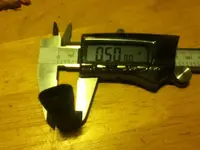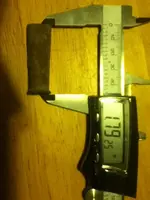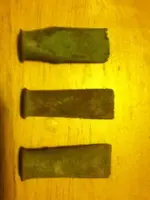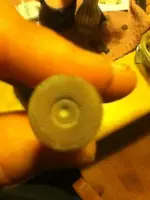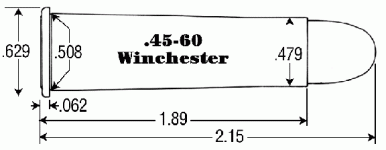confederate83
Full Member
- Joined
- Feb 9, 2013
- Messages
- 189
- Reaction score
- 64
- Golden Thread
- 0
- Location
- sweet springs missouri
- Detector(s) used
- garrett AT pro
- Primary Interest:
- All Treasure Hunting
Dug these at an old military site that burned in the 1890's no markings on the base they are centerfire just trying to identify and date em



